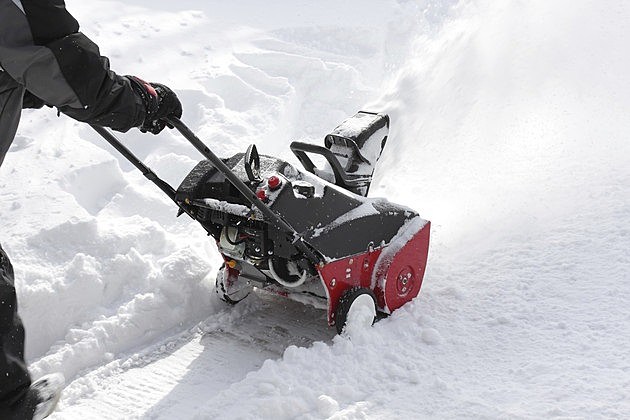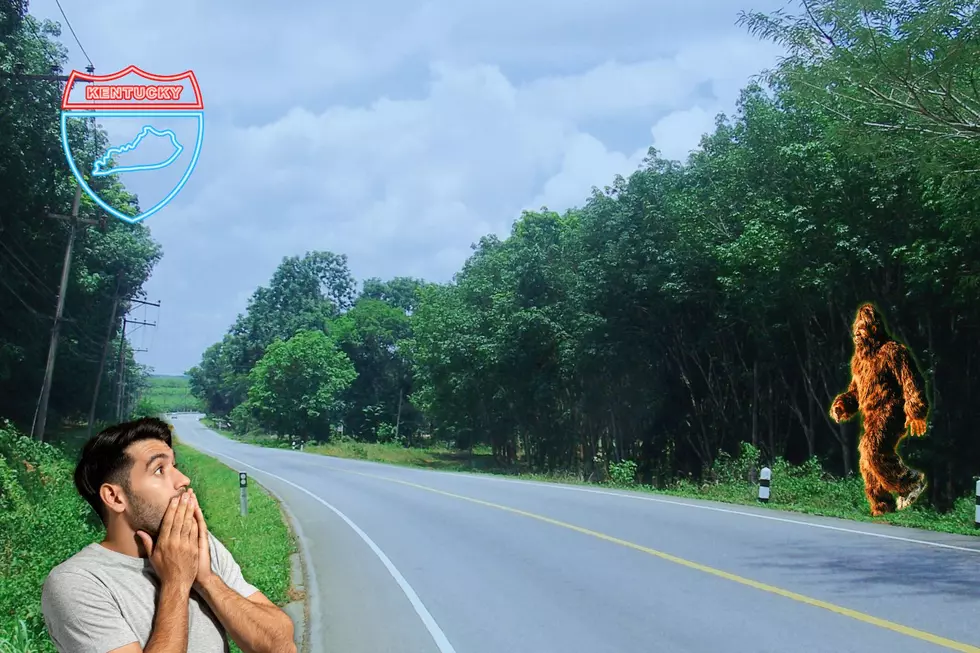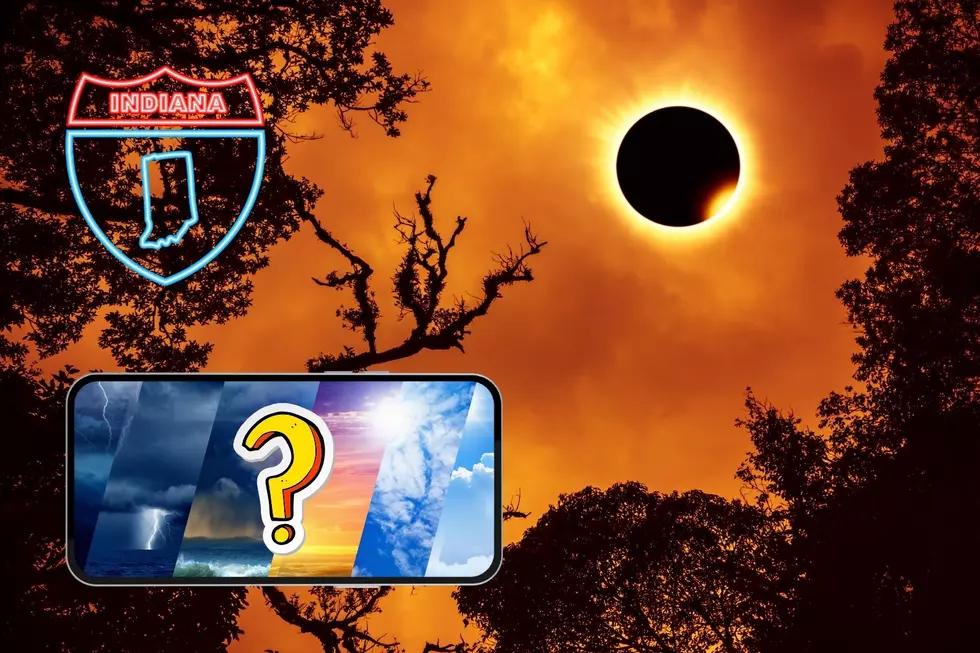
Kentucky Public Service Commission Urging Caution with the Coming Winter Storm
Any type of storm that warrants an official warning from the National Weather Service is a storm that could yield power outages.
The Kentucky Public Service Commission, well aware of such a possibility, has some tips for us in case that happens, God forbid.
This information, regarding the use of generators, some of you already know, but a refresher in these circumstances never hurts.
To avoid carbon monoxide poisoning:
• Generators should only be operated outside in well-ventilated areas and never in a garage, basement or breezeway.
• Do not operate generators near windows, doors or in other areas where exhaust fumes could be drawn into a home or other occupied structure.
• Do not use charcoal grills, gas grills or other open-flame devices indoors for heating or cooking. To prevent fires, generators should never be refueled while they are running. Refuel only after the generator has been turned off and allowed to cool.
The PSC also is reminding electric customers who use a portable generator of electric safety guidelines that will protect them and those working to restore power. Keys to safe operation of generators include:
• Make sure a generator is properly sized for the load you will place on it. Remember that starting an electric motor, such as a refrigerator or air conditioner compressor, requires more electricity than the amount needed to keep it running. DO NOT OVERLOAD YOUR GENERATOR.
• Use only three-prong, grounded extension cords, properly rated for the load, to connect appliances to generators.
• DO NOT ATTEMPT TO FEED POWER INTO YOUR HOME BY ADAPTING AN EXTENSION CORD TO CONNECT A GENERATOR TO A WALL OUTLET. THIS CAN CAUSE A FIRE.
• DO NOT CONNECT A GENERATOR TO INSIDE WIRING IN ANY WAY UNLESS YOUR HOME OR BUSINESS IS EQUIPPED WITH A TRANSFER SWITCH THAT PREVENTS POWER FROM FLOWING BACK INTO (BACKFEEDING) THE WIRES THAT SUPPLY YOUR ELECTRICITY.
Backfeeding is very dangerous for electrical workers trying to restore service.
Customers who lose power should check connections and meters for damage because they need to be repaired before power is restored to a home.
Customers with damaged connections or meters should take the following steps:
• Notify the utility company that the service connection, meter base and/or meter is damaged. The utility can then make sure that the line is not energized until repairs are completed.
• In the event that only the meter itself is damaged, contact the utility to have it repaired or replaced and your service restored.
• Contact an electrician to repair the meter base or service connection. The repair work can be done prior to power being restored in an area, thus eliminating any additional delays.
• The electrician will obtain the proper meter base from the utility. Some utilities impose no charge for the meter base, but the customer will bear the installation cost.
• Have the repairs inspected by a state-certified inspector working for your local government. The electrician should be able to help arrange the inspection.
• Notify the utility when the repairs are complete and have been approved. A utility technician will install a new meter and restore the power.
• Keep all repair records and contact your property insurer.
Residents SHOULD NOT attempt to remove any branches, limbs or trees that have fallen across service connections or other utility lines. Notify the utility to arrange for the debris to be removed.
I hope this helps, but mainly I hope we don't need any of these tips.
More From WBKR-FM









